The marketing departments of the camera manufacturers would like you to believe that buying the latest versions of their digital cameras will make you a better photographer. That’s not true. All you are doing is buying a better tool.
Becoming a better photographer is something different. It requires a deeper understanding of light, composition, and your subject matter. It also requires good craft skills – a mastery of your camera and an understanding of photography’s technical aspects.
Luckily, all this stuff is learnable as none of it is terribly complicated. In that spirit, here are seven things you can do right away to start taking better photos with your EOS camera.
1. Use the Creative Zone
If you own any of EOS Digital Rebel series (called the xxxD and xxxD ranges in Europe) then you will know that your camera comes with multiple exposure modes. That includes fully automatic modes such as scene intelligent auto, portrait, landscape, and so on.
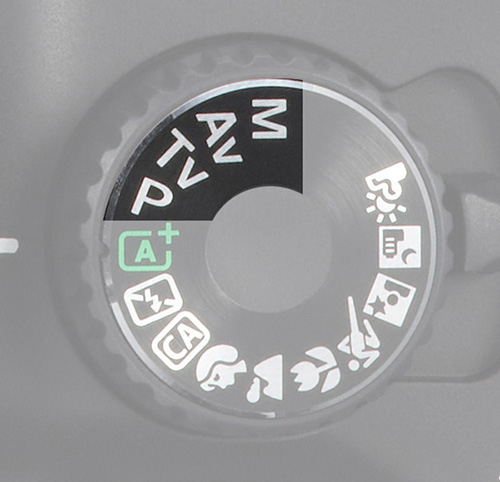
Avoid using your cameras “Auto” settings.
These modes are unnecessary. Worse, they will hold you back and prevent you from developing as a creative photographer. There are a number of reasons for that, but here are the key ones:
- You can’t use the RAW format or set white balance or Picture Style.
- The camera selects the aperture, shutter speed, and ISO settings. To become a creative photographer, you need to control those settings yourself.
There are only four exposure modes that you need. They are Program, Shutter Priority, Aperture Priority and Manual. They occupy what Canon calls the ‘creative zone’. If you don’t already, learn to use these four modes as quickly as you can. Your photography will improve.
2. Use the RAW format
If you’re not doing so already, start using the RAW format for all your photography. RAW files contain much more highlight and shadow detail than JPEG files. There is much more you can do with them in post-processing.
Regardless of what anyone tells you, there are virtually no good reasons to use the JPEG format. Wedding photographers and photojournalists or sports photographers who shoot extreme high volume or photos that need to be sent to a picture editor’s desk as rapidly as possible may prefer JPEG for the speed. But everybody else should use RAW.

Many photographers prefer to work in Lightroom instead of Photoshop because of it’s ease of use.
3. Definitely Consider Lightroom
Canon’s Digital Photo Professional (DPP) is an excellent piece of software and is more than good enough to get you started with RAW processing if you are new to this aspect of post-processing. But Lightroom 4 is much better.
Lightroom is so good now that it might well be the only processing software you ever need. The days of Photoshop CS being the must-have software for photographers are over. Lightroom is quicker, easier, more intuitive, and far cheaper.
If you have any doubts, download the Lightroom 4 trial or the Lightroom 5 Beta (it’s free) and test it out.
4. Demand beautiful light
Some photographers will tell you that there is no such thing as bad light. That’s nonsense. There’s ugly light, mediocre light, and beautiful light. Learn what beautiful light is and how to use it.

Light Matters
5. Get a prime lens
I regard a prime lens as an essential purchase for any photographer. Here’s why:
- Prime lenses have excellent image quality.
- Prime lenses have wider apertures. They let you take photos in low light and use wide apertures for creative composition.
- Prime lenses teach you how to get the most out of a single focal length.
They don’t have to expensive either. The EF 50mm f1.8 lens costs less than $100 and the EF 40mm f2.8 pancake lens is not far behind. Or spend more if you want a lens with better build quality and autofocus performance.

Learn how to read the histogram to help you get better exposed photos.
6. Get to grips with the histogram
The histogram is your friend. It tells you every time whether the exposure of your photos is accurate or not. Your camera often gets exposure wrong, and when it does it’s up to you to use exposure compensation to put it right. Good exposure leads to good quality Raw files that are easy to process. It also keeps noise levels to a minimum.
7. Shoot black and white
If you’re new to digital photography you may be wondering why anyone would shoot in black and white. The answer is simple. It’s hard to create a good black and white image. You need to be aware of things like tonal contrast, line, texture, shape and form, and how they translate into a monochrome image. But once you master these things, it makes you a better photographer. Your color images will benefit, too.
The idea behind this article is to give you some good ideas to work on to improve your photography. Your EOS camera is an amazing machine. Photographers have never had it so good. The quality and spec of modern DSLRs far exceeds that available just a few years ago.
Your camera is fantastic, but the next step is up to you.
About the Author:
Andrew S Gibson is also the author of Understanding EOS: A Beginner’s Guide to Canon EOS Cameras, which takes a simple approach to using your DSLR by exploring only the controls that you need to learn (such as Aperture priority) to create beautiful photos.
Like This Article?
Don't Miss The Next One!
Join over 100,000 photographers of all experience levels who receive our free photography tips and articles to stay current:





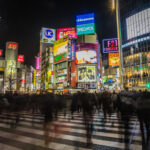
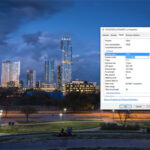
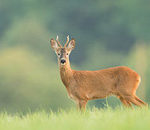
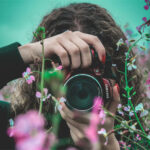
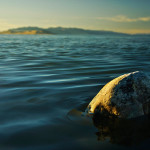
Hey guys – you can’t shoot Raw in the fully automatic modes on Canon EOS cameras. That’s one of the restrictions.
Other brands might work differently, but that’s how it goes with Canon.
Of course you can shoot RAW in the Fully Automatic modes. You can do it in ALL the modes. Sometimes even the Fully Automatic modes have their purpose, such as needing to take pics on the fly, in a super hurry or you’ll miss the shot type situation. I still don’t really use any of these FA modes 99% of the time but on rare occasions where there’s great light and I just need to snap a couple shots in lieu of time constraints I might set it to the green box. But that’s EXTREMELY rare! I mostly either go with Av, Tv, or Manual, depending on what I want, the circumstances and what I’m shooting.
wish this was in paperback, I don’t retain things read on the screen
Another trick to improve instantly would be, go Nikon….Haha!!!!!
Choosing RAW format and white balance is possible in any shooting mode. In fact when you use RAW forget about white balance. All you can do it in postprocessing. And yes, “manual” and RAW is much better for creative shooting.